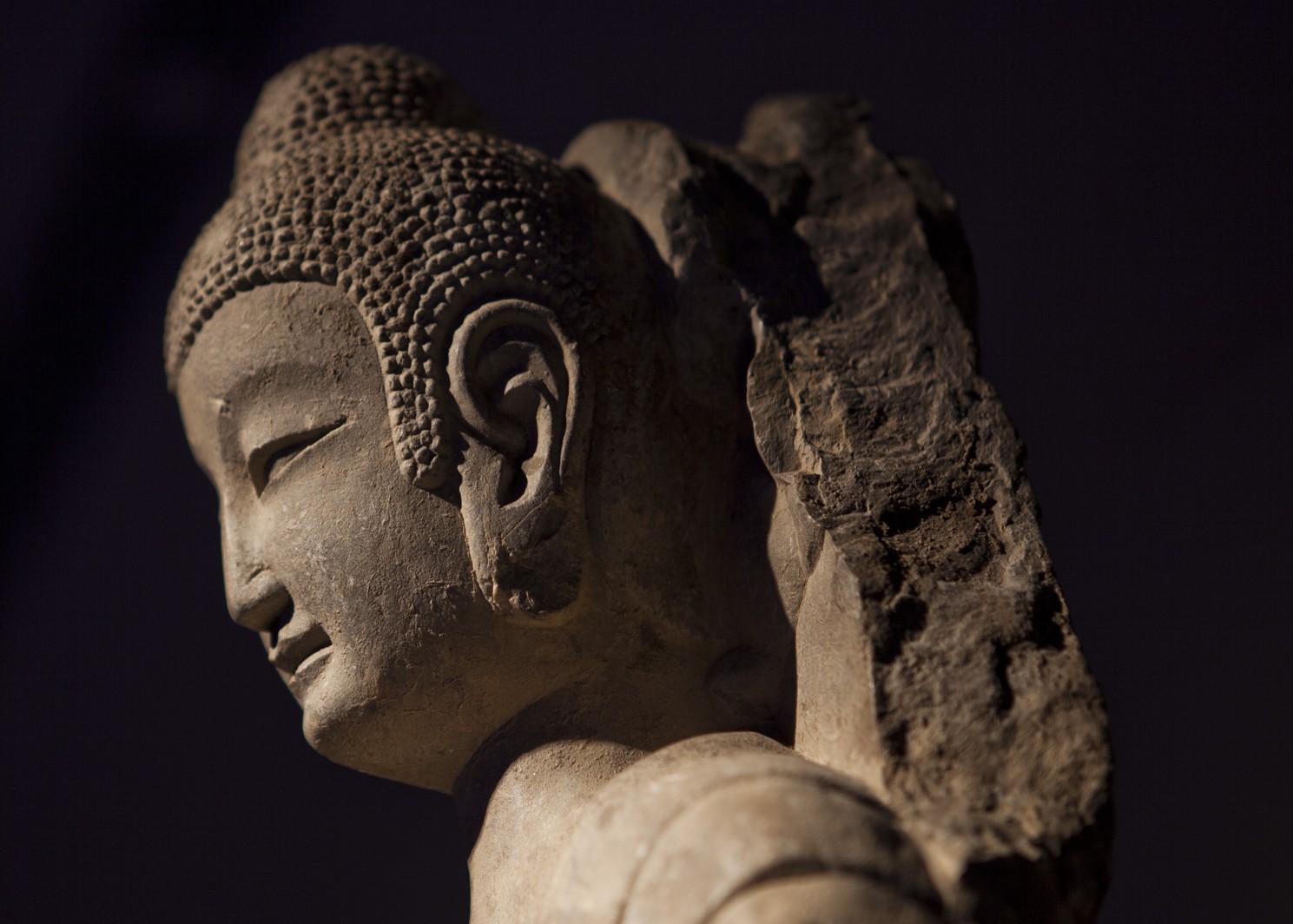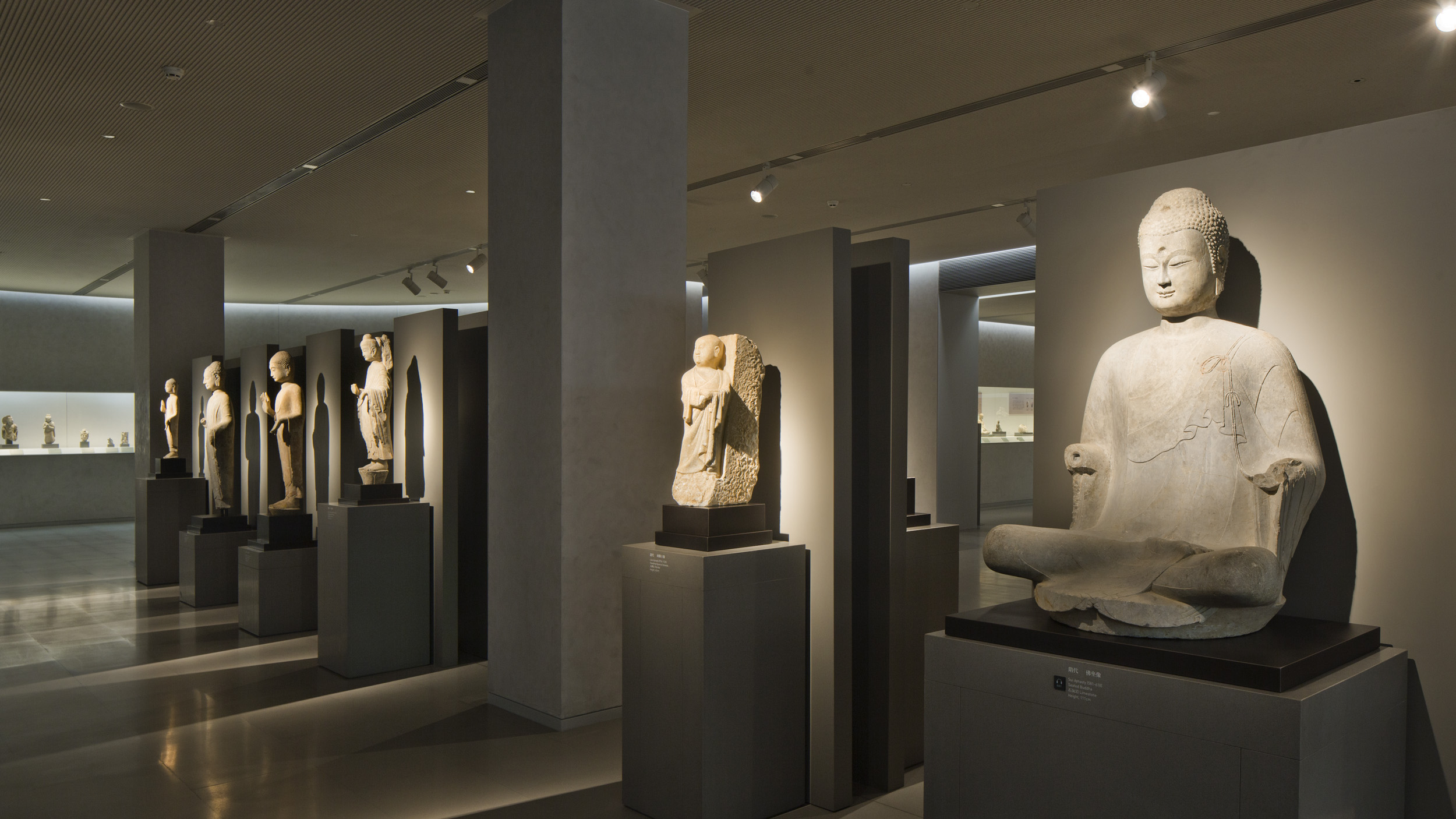Buddhist Sculptures

"Buddhist sculptures" refer to the art creation activities imbued with religious emotions, based on doctrinal content and the needs of ritual offerings.The period of early Buddhism is also known as the "iconless period," during which Buddhist sculptures only utilized symbolic patterns to suggest the presence of the Buddha.It was not until the emergence of the two major Buddhist centers of the Kushan Empire—Gandhara and Mathura—that Buddha sculptures intended for worship and offerings began to appear and proliferate.
At the turn of the Han dynasty, Buddhist sculptures were introduced to China from ancient India along with Buddhism, initially influenced by Indian Gandhara and the regions of the Western Regions. They gradually integrated with local traditions, giving rise to Chinese Buddhist sculptures characterized by distinct regional styles and rich cultural connotations, becoming an important part of Chinese Buddhist art.
The museum's collection of Buddhist sculptures mainly features early Gandhara sculptures and localized sculptures from the Northern Wei, Sui, and Tang dynasties, clearly delineating the different stylistic characteristics and aesthetic perspectives presented during the localization process of Chinese Buddhist sculptures.
